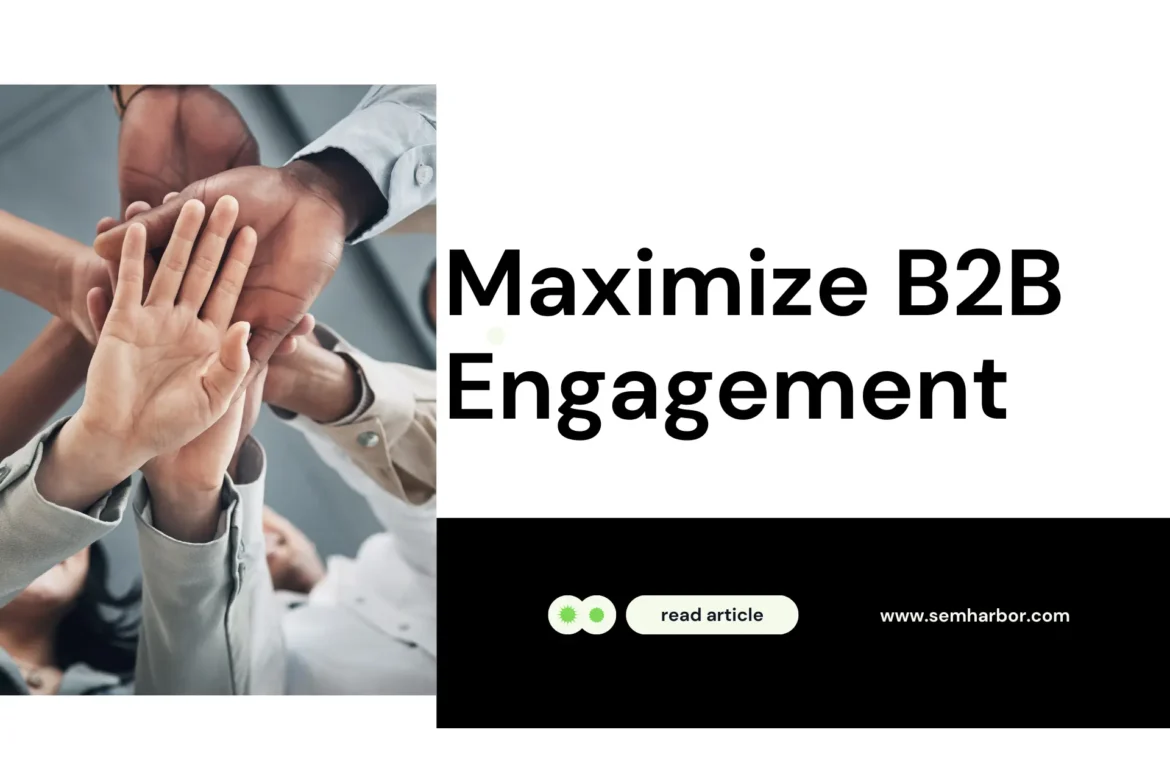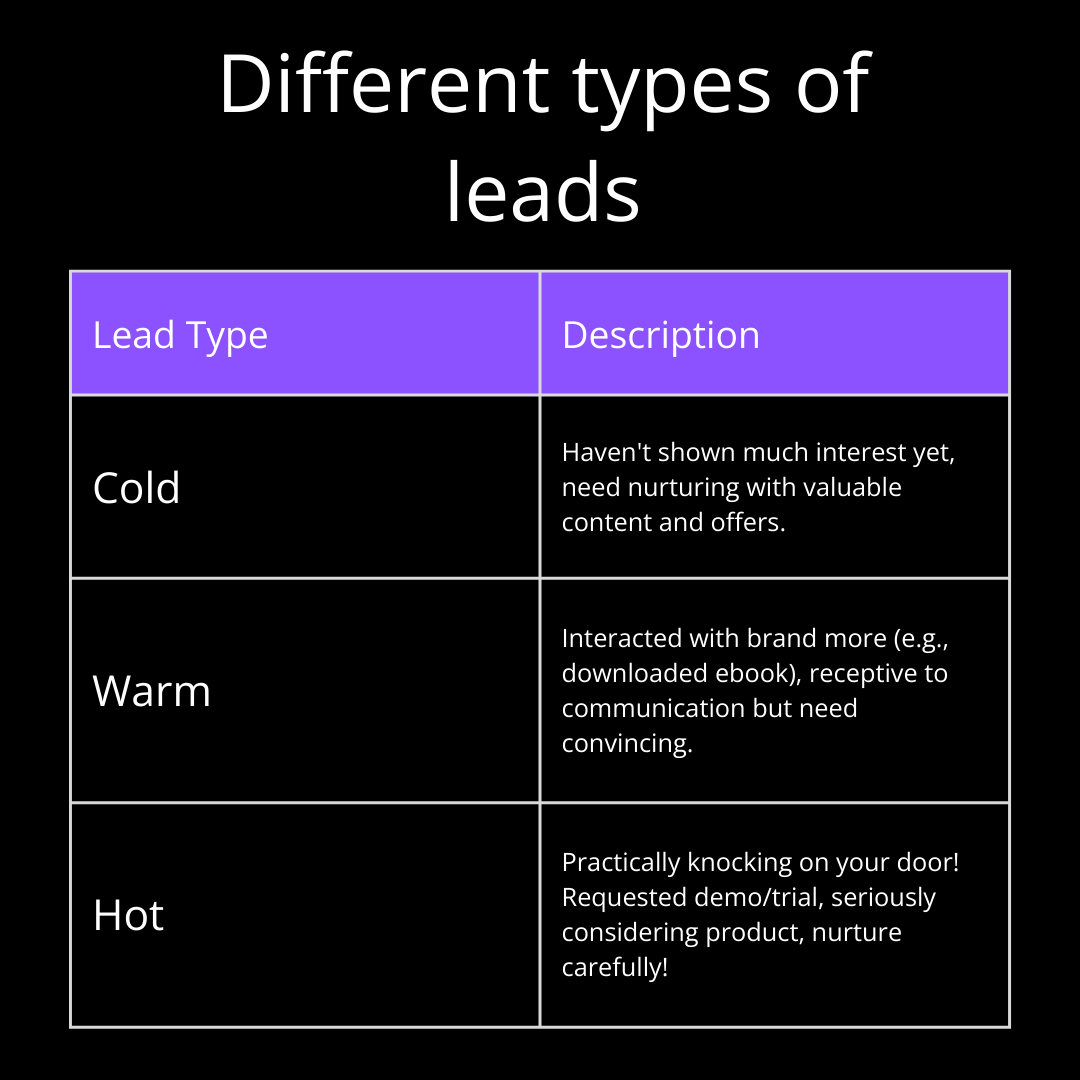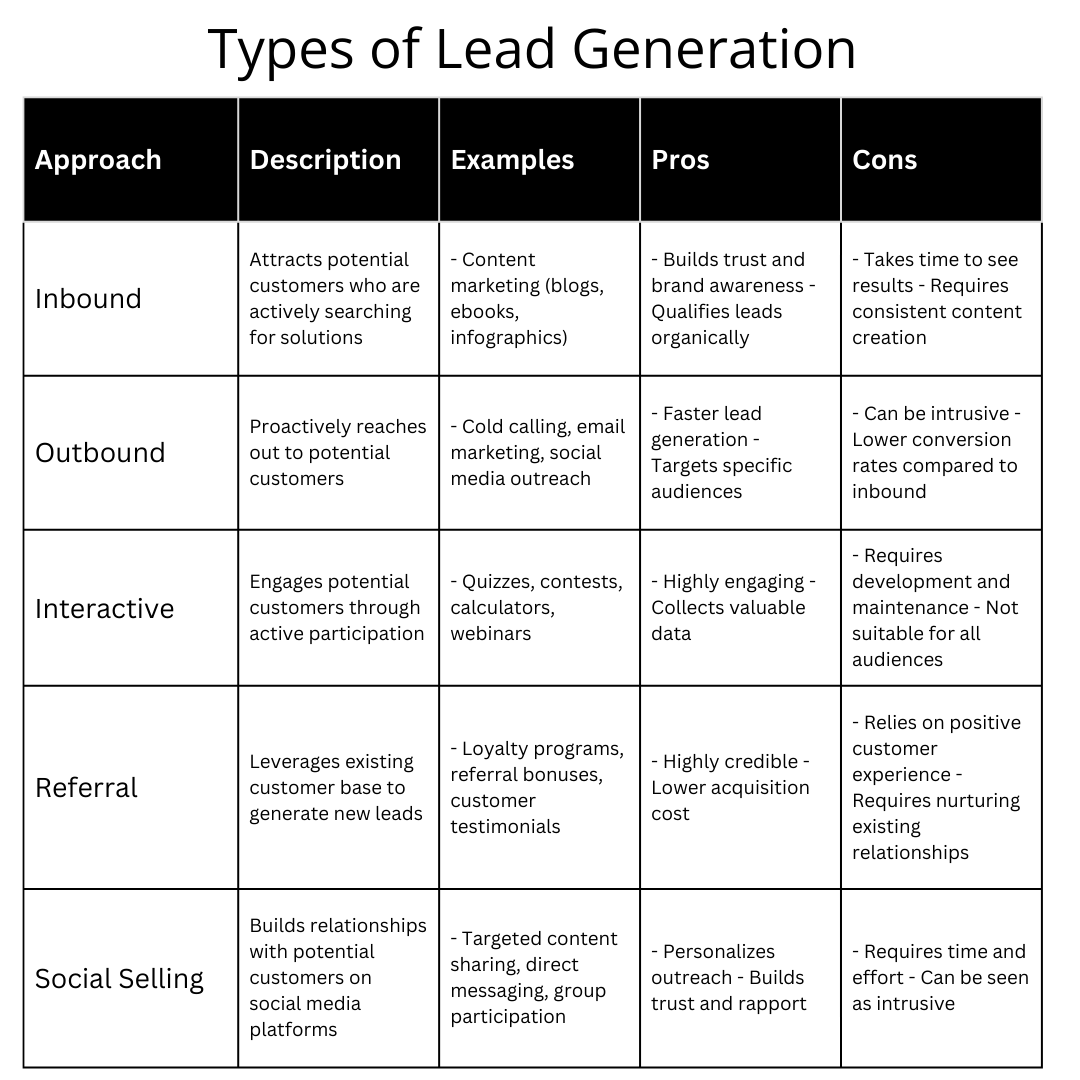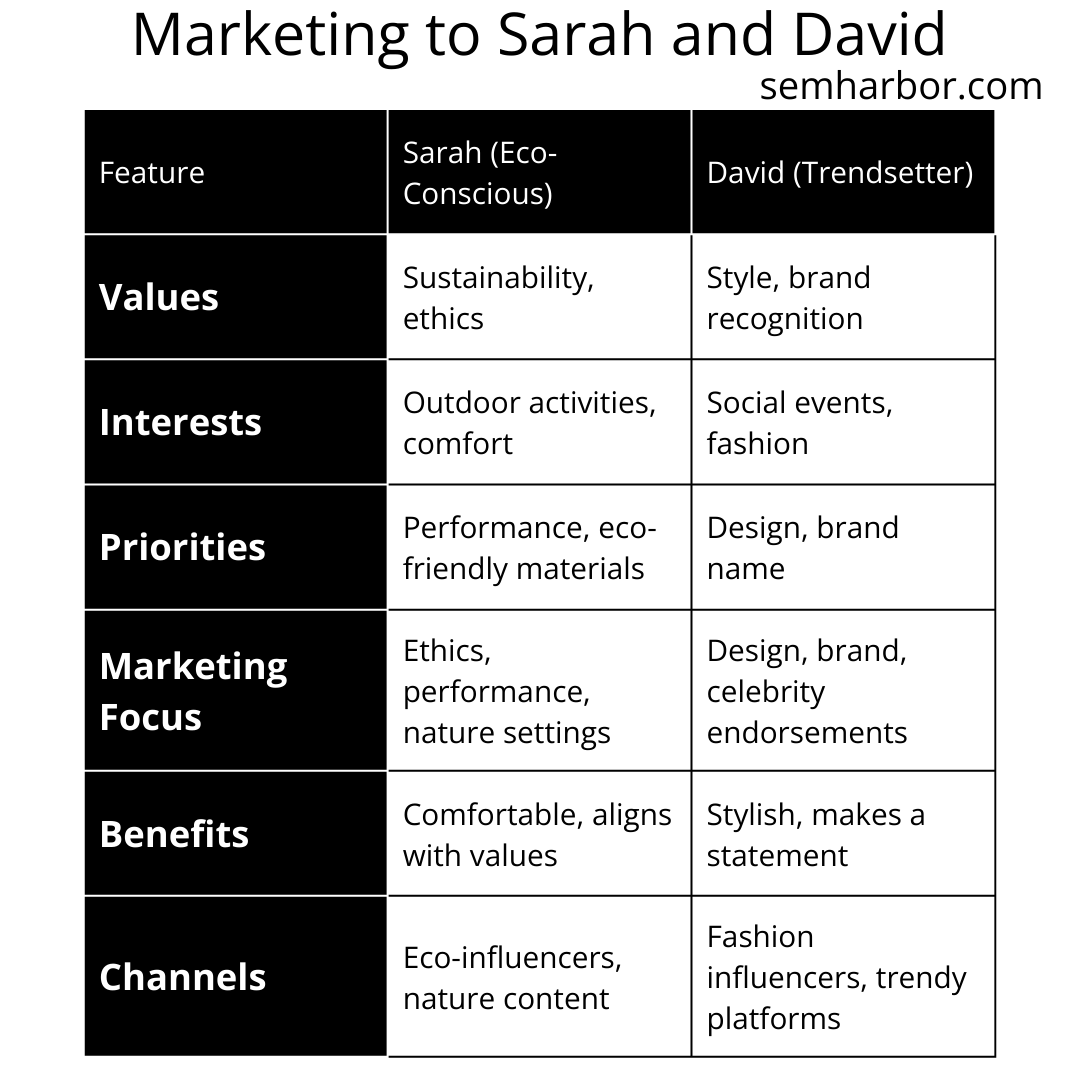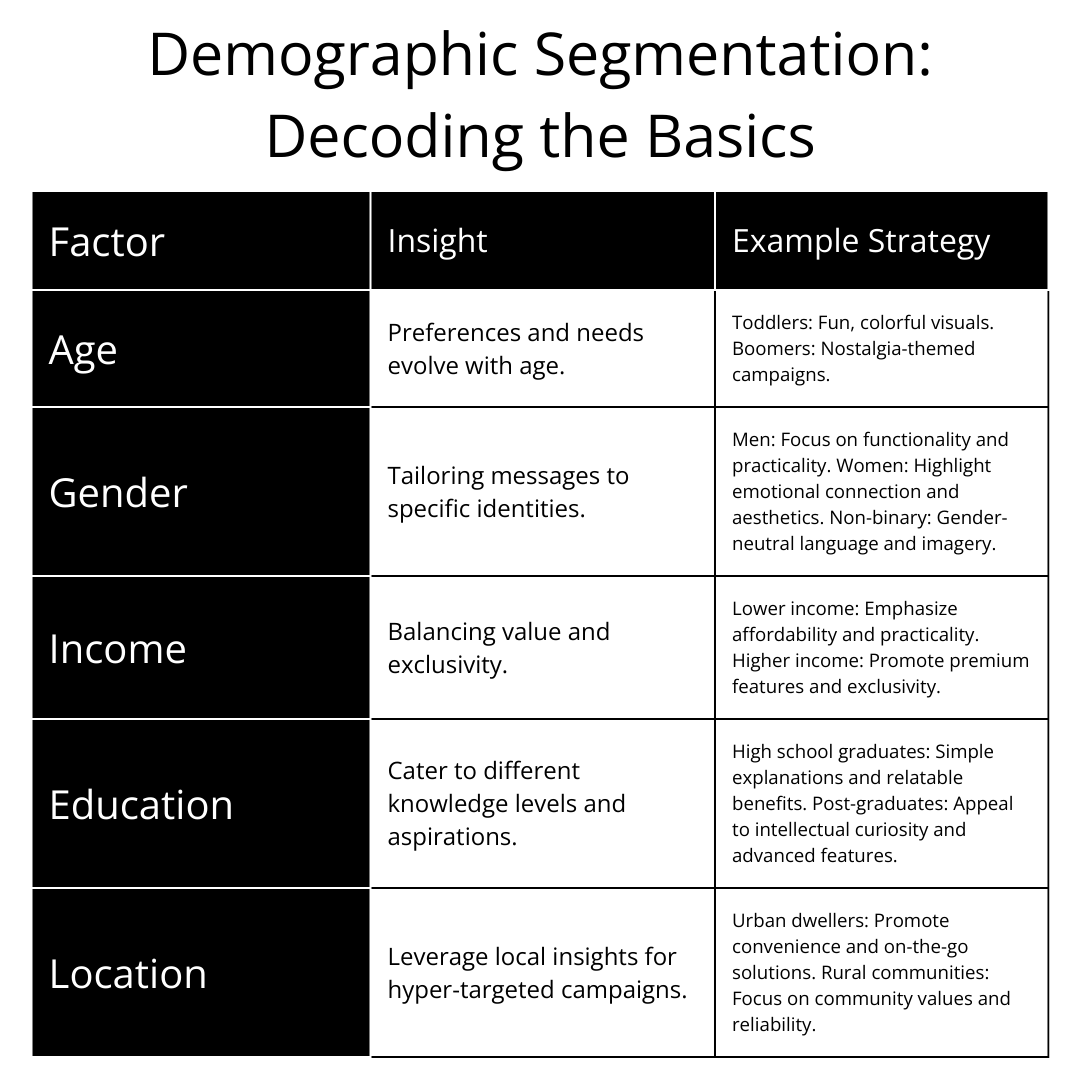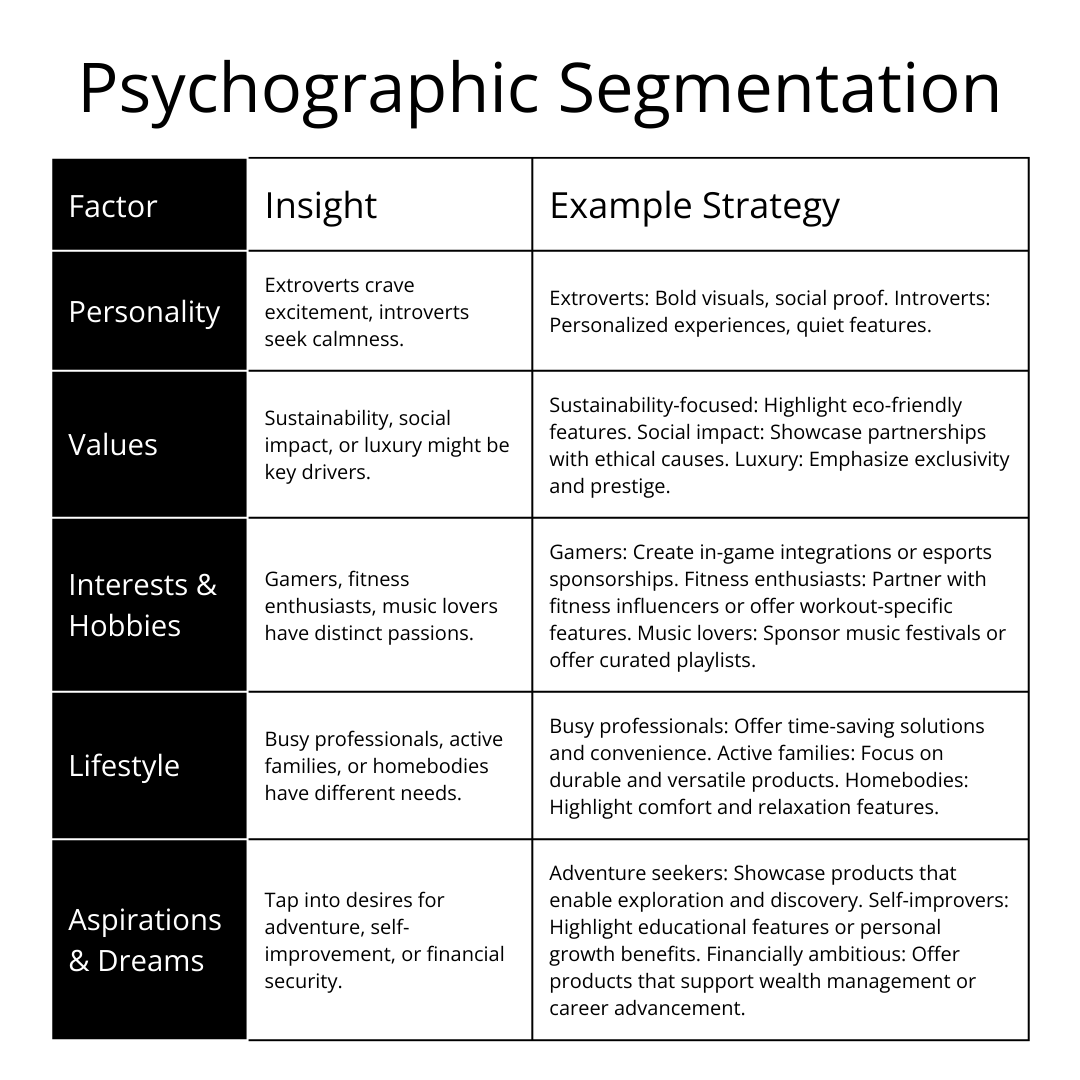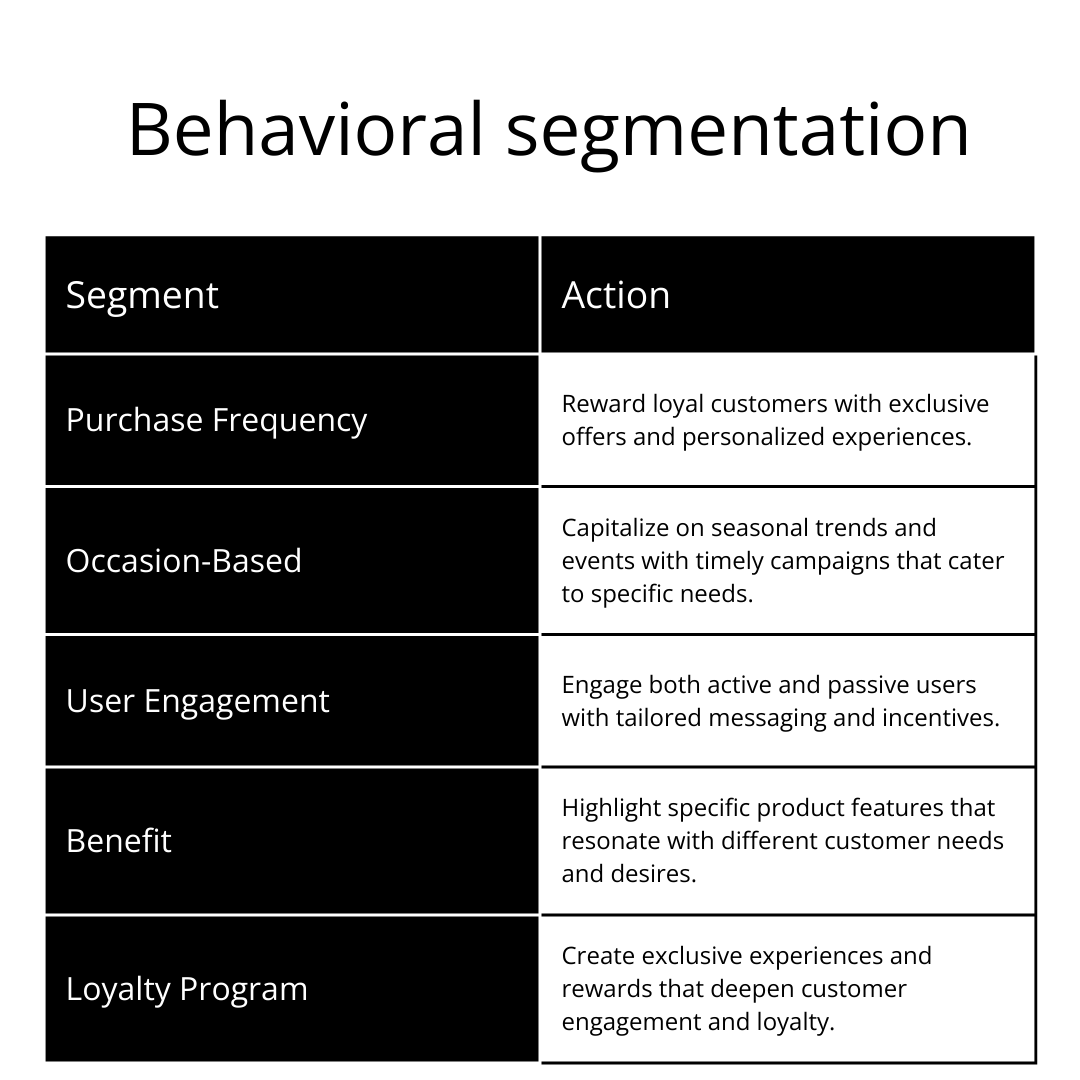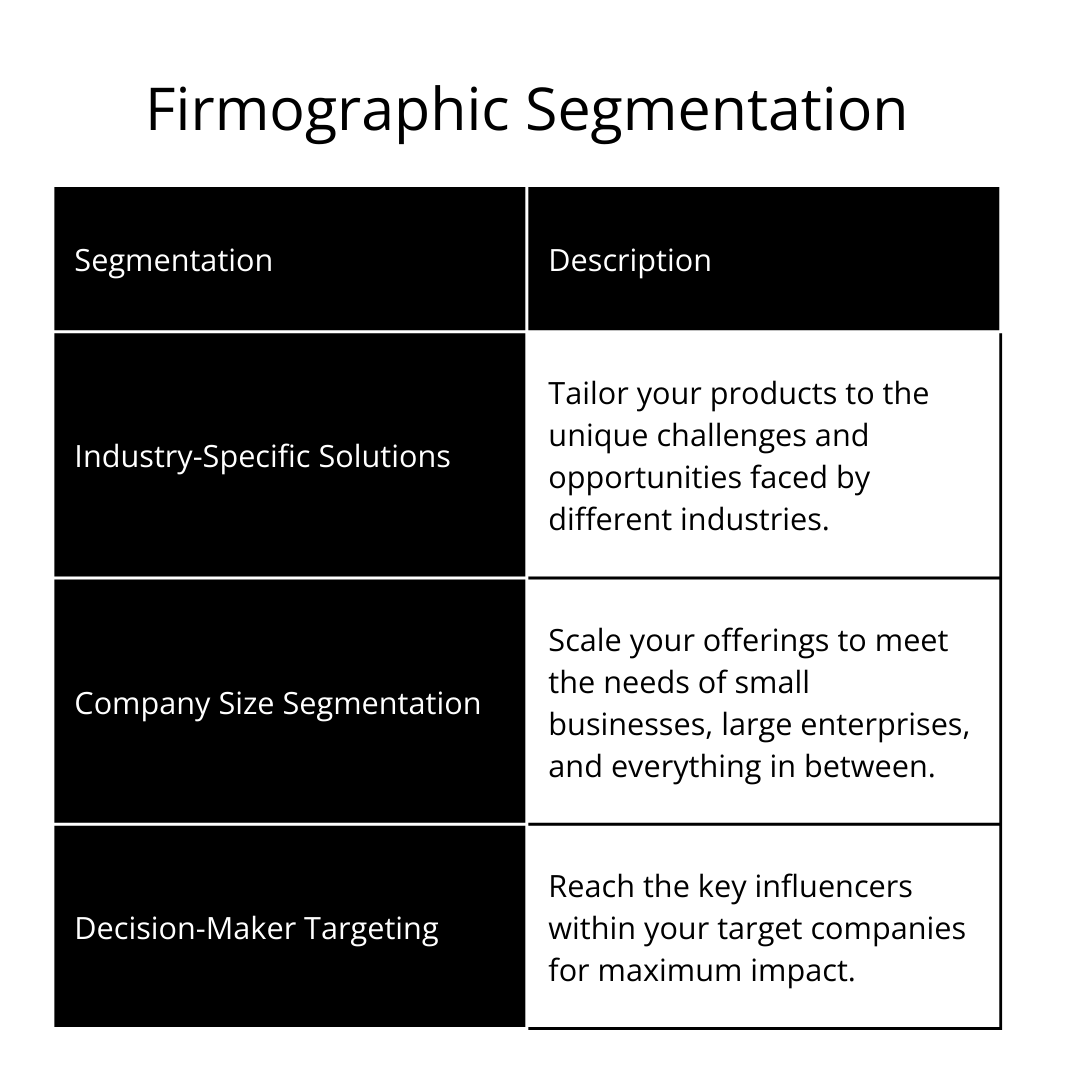The B2B world is a fast-paced game. Think of it like this: complex sales cycles, intricate company structures, and convincing decision-makers—that’s the obstacle course you’ve gotta navigate every day.
To win, you need a combination of expertise, strategic thinking, and the ability to connect with people.
That’s why constantly honing your skills and knowledge is a game-changer. It’s about building your personal toolkit to become the ultimate B2B pro.
Why B2B Professionals Need to Keep Learning?
- Enhanced expertise and industry knowledge:
Continuous learning and professional development allow B2B professionals to stay abreast of industry trends, emerging technologies, and best practices, positioning them as subject matter experts in their respective fields.
- Improved communication and negotiation skills:
Effective communication and persuasive negotiation abilities are crucial in B2B contexts.
Self-development initiatives focused on honing these skills can significantly impact a professional’s ability to forge strong client relationships, close deals, and navigate complex business environments.
- Stronger leadership and strategic thinking:
B2B roles often demand leadership qualities and strategic decision-making capabilities. Self-development programs that cultivate these skills can empower professionals to take on managerial responsibilities, drive organizational growth, and navigate challenges with greater clarity and confidence.
- Emotional intelligence:
The ability to understand and manage emotions effectively, is a valuable asset in B2B interactions.
Self-development efforts aimed at enhancing emotional intelligence can facilitate better communication, conflict resolution, and the building of trust-based relationships with clients and colleagues alike.
Time Management Techniques for B2B Professionals
- The Pomodoro Power:
Ever feel like you’re staring at your screen for hours and getting nowhere?
Enter the Pomodoro Technique. Work in 25-minute bursts called “Pomodoros,” with short breaks in between.
It keeps your brain sharp and prevents burnout; think of it as sprinting intervals for your work day.
- Prioritize:
Imagine a world where you never miss a deadline again. Sounds pretty sweet, right?
Well, that world starts with prioritization. Jot down your tasks, identify the high-impact ones, and set realistic goals.
This way, you’re laser-focused on what truly matters, ensuring those crucial B2B projects get the attention they deserve.
- Calendar blocking and time boxing:
By dedicating specific time slots for essential tasks and projects, B2B professionals can minimize distractions and maximize focus, ultimately increasing productivity.
- Delegation and outsourcing:
Don’t be afraid to delegate! Identify tasks that can be handled by colleagues or outsourced entirely.
Stress Management Strategies in the B2B Environment
- Mindfulness and meditation practices:
These practices help you de-stress, sharpen your focus, and manage your emotions
- Regular exercise and healthy lifestyle habits:
Engaging in physical activity and maintaining a balanced diet can significantly contribute to stress management by releasing endorphins and improving overall mental and physical health.
- Time management and prioritization:
Remember that time management magic we talked about earlier? It doubles as a stress shield.
By feeling in control of your schedule and prioritizing effectively, you avoid that feeling of being buried under an avalanche of tasks.
Less overwhelm equals less stress—it’s a simple equation for B2B success.
- Building a support network:
Building a strong support network is key. Lean on colleagues, mentors, or professional networks. Share your struggles, get advice, and remember, you’re not in this alone. Having a team to cheer you on and commiserate with can make all the difference in navigating the challenges of the B2B world.
Goal-setting and Productivity Hacks for B2B Executives
As leaders in the B2B arena, executives face unique challenges in terms of managing competing priorities, making strategic decisions, and driving organizational growth.
Self-development initiatives focused on goal-setting and productivity can empower B2B executives to maximize their impact and lead their teams effectively.
Some strategies to consider include:
- The SMART goal-setting framework:
Setting Specific, Measurable, Achievable, Relevant, and Time-bound goals can provide clarity, focus, and a roadmap for achieving desired outcomes.
- The Eisenhower Matrix:
This powerful decision-making tool helps prioritize tasks based on their importance and urgency, ensuring that executives focus their efforts on high-impact activities.
- Batching and eliminating multitasking:
By grouping similar tasks together and minimizing context switching, B2B executives can improve focus, reduce decision fatigue, and boost productivity.
- Leveraging technology and automation:
Embracing productivity tools, project management software, and automation can streamline processes, reduce administrative burdens, and free up time for strategic thinking and decision-making.
- Self-awareness and self-regulation:
Developing a deep understanding of one’s own emotions, triggers, and behavioral patterns can help B2B professionals manage their responses more effectively in high-stakes situations.
- Empathy and active listening:
Cultivating the ability to understand and appreciate others’ perspectives and emotions can facilitate better communication, conflict resolution, and the building of trust-based relationships with clients and colleagues.
- Emotional reasoning and decision-making:
Incorporating emotional intelligence into decision-making processes can lead to more well-rounded and empathetic solutions that consider the human element, ultimately driving better business outcomes.
- Emotional coaching and feedback:
Seeking feedback and guidance from mentors, coaches, or trusted colleagues can provide valuable insights into areas for improvement and strategies for enhancing emotional intelligence.
Think of yourself as a B2B team psychologist—you gotta understand people, motivate them, and navigate the sometimes-tricky dynamics of the office.
Here’s how self-development can turn you into a leadership pro.
Developing Leadership Skills for B2B Managers
- Strategic thinking and vision casting:
Developing the ability to think strategically, anticipate industry trends, and articulate a compelling vision can inspire and align teams toward common goals.
- Coaching and mentoring:
Honing skills in coaching, mentoring, and providing constructive feedback can help B2B managers unlock the full potential of their team members and foster a culture of continuous improvement.
- Change management and adaptability:
In the ever-changing B2B landscape, the ability to lead through change, adapt to new circumstances, and pivot strategies when necessary is crucial for success.
- Emotional intelligence and interpersonal skills:
As discussed earlier, emotional intelligence and strong interpersonal skills are essential for building trust, resolving conflicts, and fostering a collaborative and productive team environment.
- Industry Events: Your Knowledge Playground:
Dive into industry conferences, seminars, and networking events. These are goldmines for insights, trends, and connecting with other B2B pros.
- Level Up with Online Courses:
The Internet is your B2B learning buffet! Take advantage of online courses and certifications. Expand your knowledge, gain credibility, and show everyone your dedication to growth.
- Find a Mentor, Be a Mentor:
Ever heard that two heads are better than one? That’s the power of mentorship. Seek guidance from experienced B2B veterans, or become a mentor yourself and share your wisdom.
- Join the B2B Pack:
Feeling isolated? Join industry associations and networking groups. Share knowledge, collaborate with others, and gain fresh perspectives.
Remember, surrounding yourself with smart people makes you even smarter.
The B2B environment is inherently challenging, with obstacles such as complex negotiations, intense competition, and ever-changing customer demands.
- Developing a growth mindset:
Embracing the belief that skills and abilities can be developed through effort and dedication can foster a more resilient approach to challenges. Instead of viewing setbacks as failures, a growth mindset reframes them as opportunities for learning and improvement.
- Practicing self-care and stress management:
Incorporating self-care practices, such as regular exercise, mindfulness, and maintaining work-life balance, can help B2B professionals manage stress and prevent burnout, thereby enhancing their ability to cope with challenges.
- Building a support network:
Cultivating a strong network of colleagues, mentors, and industry peers can provide a valuable source of encouragement, advice, and perspective during difficult times, helping B2B professionals maintain resilience.
- Embracing failure as a learning opportunity:
In the dynamic B2B landscape, failures and setbacks are inevitable. Reframing these experiences as opportunities for growth and learning can foster a more resilient mindset and promote a culture of continuous improvement.
- Developing emotional intelligence:
As discussed earlier, enhancing emotional intelligence can help B2B professionals better understand and manage their emotions, enabling them to respond to challenges with greater composure and clarity.
Balancing Work and Personal Life in B2B Careers
- Prioritizing and setting boundaries: Clearly defining priorities and setting boundaries around work and personal time can help B2B professionals manage expectations and maintain a sense of balance.
- Leveraging technology and flexibility: Embracing remote work options, flexible schedules, and productivity tools can enable B2B professionals to better integrate their professional and personal responsibilities.
- Cultivating hobbies and interests outside of work: Pursuing hobbies, engaging in recreational activities, and nurturing personal relationships can provide a much-needed respite from work pressures and foster a more balanced and fulfilling life.
- Seeking support and resources: Many organizations offer employee assistance programs, counseling services, or wellness initiatives that can provide valuable resources for managing work-life balance and maintaining overall well-being.
- Regularly evaluating and adjusting: Work-life balance is an ongoing journey, and B2B professionals should regularly assess their current situation, identify areas for improvement, and make necessary adjustments to maintain a healthy equilibrium.
Related: B2B Marketing Strategy to Dominate Your Market in 2024





